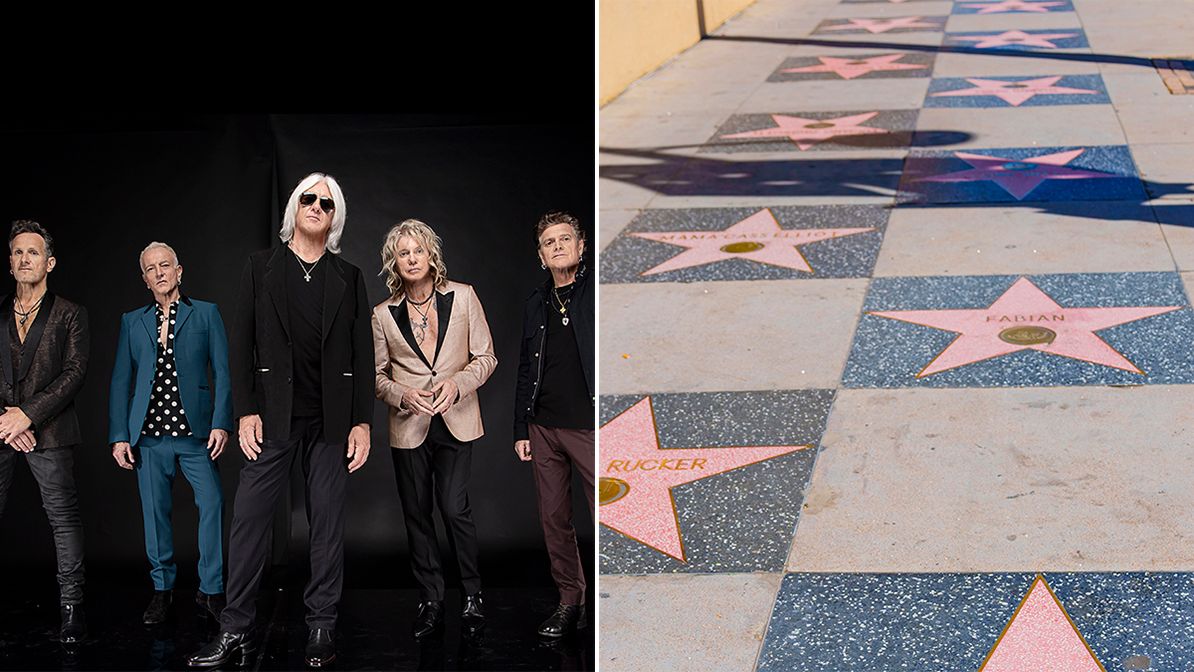Billie Joe Armstrong: A Clarion Call Against Numbness
Billie Joe Armstrong stands as a vivid reminder of the power of defiance. His solidarity with anti-ICE protestors is a call against indifference.

In the vast expanse of social media, where curated perfection often drowns out the raw and authentic, Billie Joe Armstrong stands as a vivid reminder of the power of unabashed defiance. His recent demonstration of solidarity with anti-ICE protestors in Los Angeles is not merely a gesture of support; it's a reverberating call to those numbed by the incessant hum of indifference.
Igniting Modern Rebellion
Armstrong, an emblem of unapologetic resistance, chose Instagram as his battleground. Here, he crafted a scene of contemporary dissent—a self-driving Waymo vehicle captured ablaze, synchronizing with the rebellious rhythms of Green Day’s "Fuck Off." This is more than an image; it’s a cultural volley, a resolute refusal of compliance. In this post, apathy meets its match, illustrating a stark contrast to the often passive spectatorship of the digital age.

Symbols of Defiance
With a caption as minimal as it is impactful—a middle finger and an ice cube—Armstrong communicates a defiance that shuns verbosity. In a world where words frequently falter under their own weight, these symbols cut directly to the visceral. They remind us that the most powerful messages are those that tap into our innate responses, bypassing the superficial to stir the soul.

Stirring the Dormant Fires of Punk
At a time when music often fades into the background, Armstrong’s actions affirm a crucial reality: music, in its pure form, is catalytic. It challenges, provokes, and demands engagement. His solidarity with protestors isn’t a strategic PR stunt; it’s punk’s core ethos—a challenge to authority and an undying pursuit of justice.
Reviving an Era of Authenticity
As the echoes of these protests ripple through Los Angeles and beyond, Armstrong’s involvement serves both as a bridge to punk’s origin and a barricade against society’s creeping indifference. In a cultural landscape dominated by superficial trends and sanitized rebellion, his actions are a clarion call for genuine resistance.

A Shot Across the Bow of Apathy
In addressing the disillusionment of today’s cultural climate, Armstrong doesn’t just participate—he provokes. This isn’t mere nostalgia or wistful memory; it’s a living, breathing testament to rebellion’s power. His engagement encourages us not to retreat into numbness but to confront, question, and ultimately, redefine the status quo.
Conclusion
In moments of cultural stagnation, it’s figures like Armstrong who remind us of music’s transformative potential—not just as entertainment, but as a vehicle for truth. This is the insubordination our era demands: not a replay of past glories, but the relentless, burning edge of authentic dissent.



